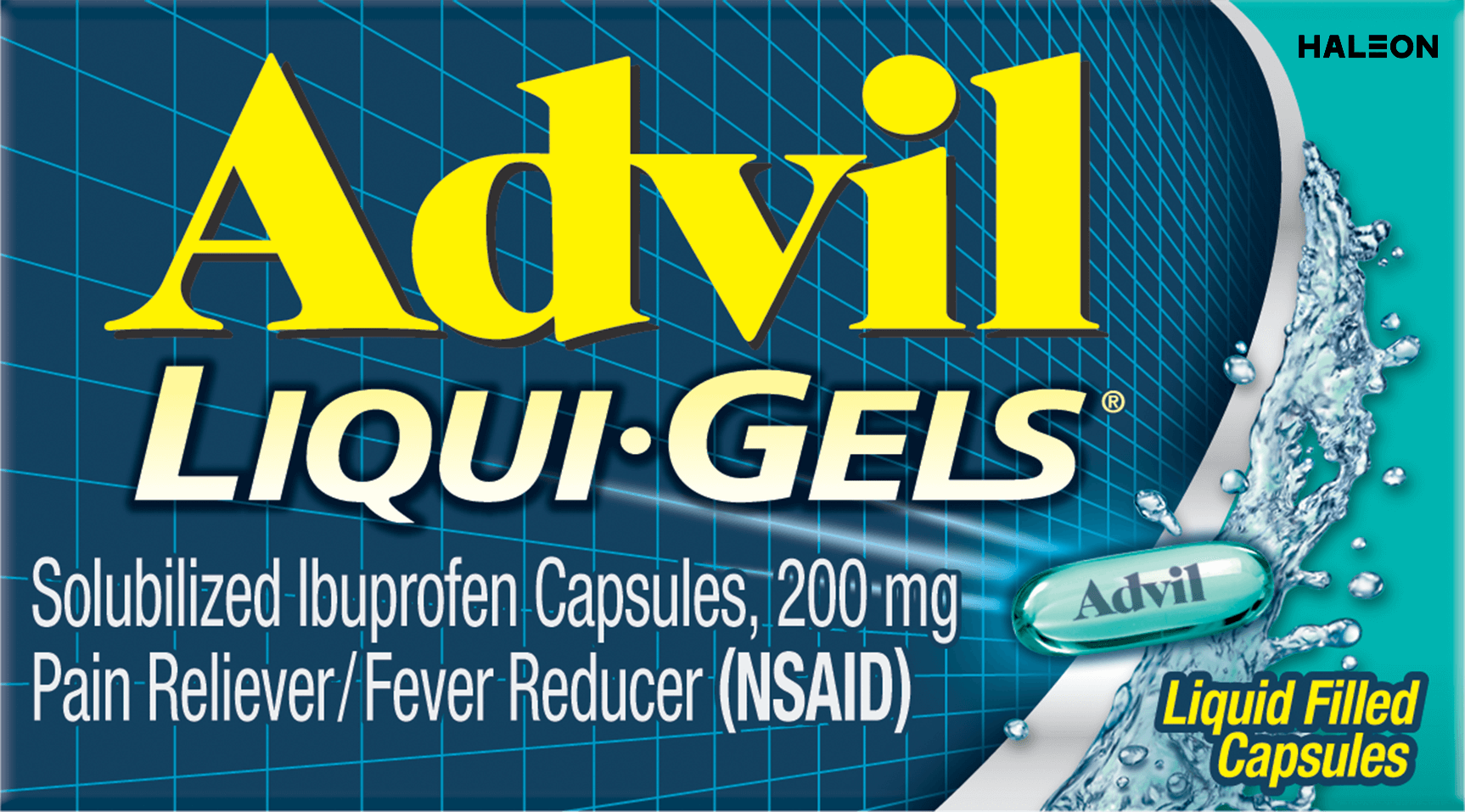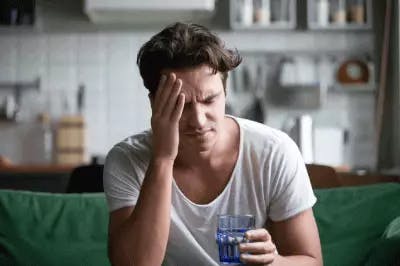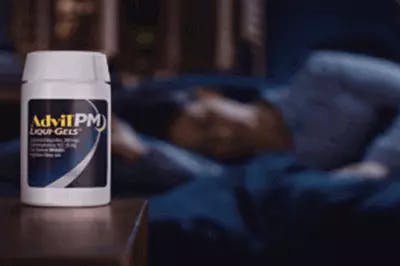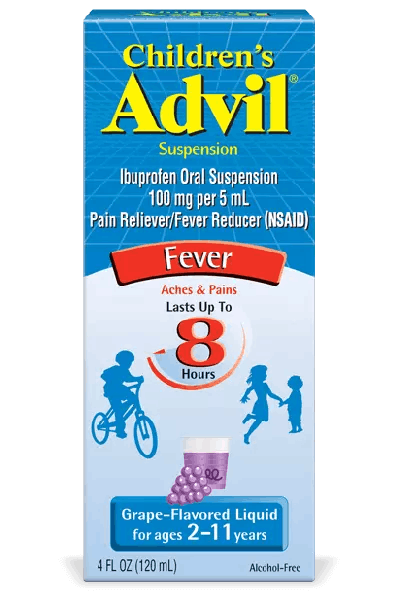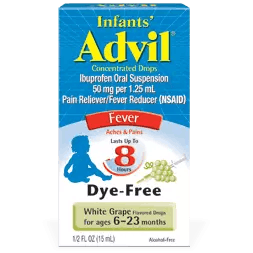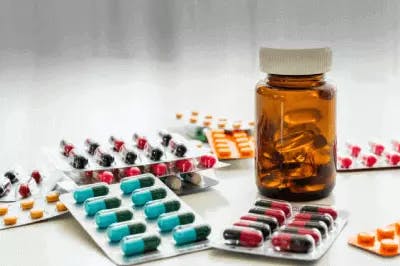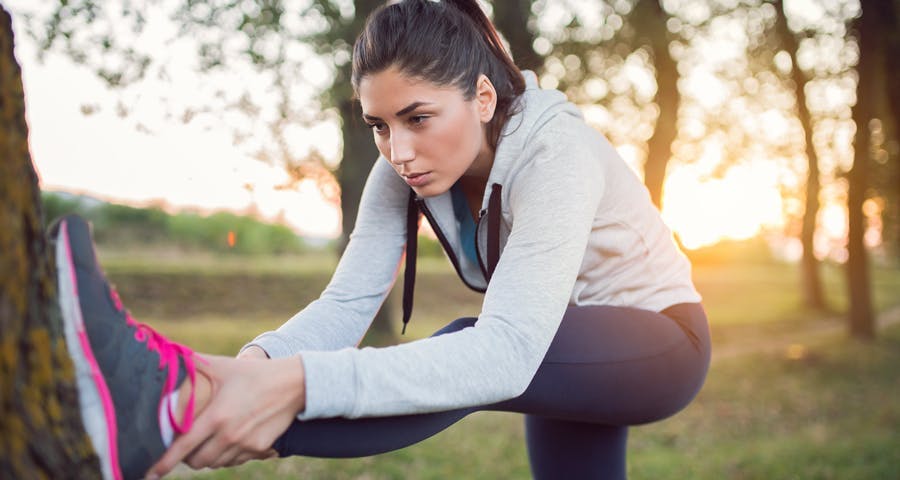How to Relieve Period Cramps and Menstrual Pain
Menstrual Pain
Menstruation is part of a woman’s monthly cycle of fertility.1 During menstruation, vaginal bleeding occurs.1 However, some women experience what’s called dysmenorrhea, or a menstrual period associated with physical pain.1,2 While seeking menstrual pain relief is a relatively common occurrence for many women, the pain can be so severe for some others that it keeps them from being able to go about their normal lives.2 Learn what causes this pain and some strategies for period pain management, so you can get back to feeling like yourself.
Why Do Period Cramps Hurt?
During a woman’s menstrual period, the uterus sheds its lining which is made of blood and tissues.3 In order for this to happen, the muscles and blood vessels in the uterus contract, which can lead to uncomfortable cramping felt in the abdomen and lower back.3
There are a handful of reasons why a woman may experience period pains, but the most common reason is what’s referred to as primary dysmenorrhea.1 This refers to the pain and cramping that occurs before and during your menstrual cycle.1 It’s caused by chemicals called prostaglandins, which are made in the uterus to help it tighten and relax during menstruation.2 For many women, cramping and pain may start a day or two before a period actually starts, and the pain tends to lessen after a few days.1,2
Another type of dysmenorrhea, called secondary dysmenorrhea, is less common and is caused by disorders in the reproductive organs.2 Secondary dysmenorrhea is notable in that the pain experienced during menstruation gets worse over time instead of lessening, and the pain may even continue after the period has stopped.1,2 It’s caused by conditions like endometriosis and uterine fibroids.1
How to Make Period Cramps Hurt Less
Don’t let period pain keep you from living your life. Try these tips to get menstrual pain relief.
Drink Water
Staying hydrated can help reduce period pain!4 A study conducted on women aged 18-30 years old investigated whether the amount of water consumed during a menstrual period had an effect on pain and cramping.4 Women who drank more water during the study found they experienced less intense pain and required less medical intervention to manage their cramps.4
Exercise & Yoga
Staying active when you’re experiencing period pain may feel counterintuitive, especially if all you want to do is lay in bed. However, exercise increases blood flow and promotes the release of mood-boosting hormones called endorphins, which can help block the perception of pain.3 Another way to stay active, albeit in a less intense way, is to practice yoga. Studies have indicated that practicing yoga can help lower stress, anxiety and depression and may be viewed as a form of supplemental medicine for women who experience dysmenorrhea.5 If you’re looking for period pain management, try breathing exercises and meditation to help cope with stress and worry and achieve a more relaxed state of being.5
Massages
The idea of getting a massage may conjure up more notions of a spa day than those of physical therapy. But for women seeking menstrual pain relief, especially those who experience endometriosis, massages can help reduce pain and discomfort.6
Heat Therapy
Heat therapy is a common method for coping with period pains; it’s employed by 36.5-50% of women.7 For some, a hot bath will do the trick.1 For others, applying localized heat can help reduce muscle tension to help eliminate pain caused by muscle spasms.7 It can also assist with increasing circulation in the pelvis.7 For women seeking pain relief from period cramps, using heat therapy can help eliminate fluid retention and reduce swelling.7
Over-the-Counter Pain Relief Medicines
Medication is often the first step of pain relief for period cramps.2 Certain pain relievers target the prostaglandins that are released during a woman’s period and cause pain. These medications, called nonsteroidal anti-inflammatory drugs (NSAIDs), reduce the amount of prostaglandins that are created and lessen their overall effect and pain.1,2 Most NSAIDs, like Advil Caplets, are available over the counter.
Advil Caplets offer proven pain relief so you’re not held back by period pains.
Source Citations:
- Period Pain. MedlinePlus. https://medlineplus.gov/periodpain.html. Accessed 9/24/24.
- Dysmenorrhea: Painful Periods. American College of Obstetricians and Gynecologists. https://www.acog.org/womens-health/faqs/Dysmenorrhea-Painful-Periods. Accessed 9/24/24.
- Menstrual Cramps: 5 Tips for Getting Relief from Period Pain. Houston Methodist Hospital. https://www.houstonmethodist.org/blog/articles/2021/sep/menstrual-cramps-5-tips-for-getting-relief-from-period-pain/. Accessed 9/24/24.
- The role of water intake in the severity of pain and menstrual distress among females suffering from primary dysmenorrhea: a semi-experimental study. National Library of Medicine. https://pubmed.ncbi.nlm.nih.gov/33509179/. Accessed 9/24/24.
- Role of Yoga in Minimizing Stress and Anxiety in Women Experiencing Dysmenorrhea. National Library of Medicine. https://www.ncbi.nlm.nih.gov/pmc/articles/PMC10630717/. Accessed 9/24/24/
- The effects of massage therapy on dysmenorrhea caused by endometriosis. National Library of Medicine. https://www.ncbi.nlm.nih.gov/pmc/articles/PMC3093183/. Accessed 9.24.24.
- Heat therapy for primary dysmenorrhea: A systematic review and meta-analysis of its effects on pain relief and quality of life. National Library of Medicine. https://www.ncbi.nlm.nih.gov/pmc/articles/PMC6214933/. Accessed 9/24/24.
Symptoms & Tips
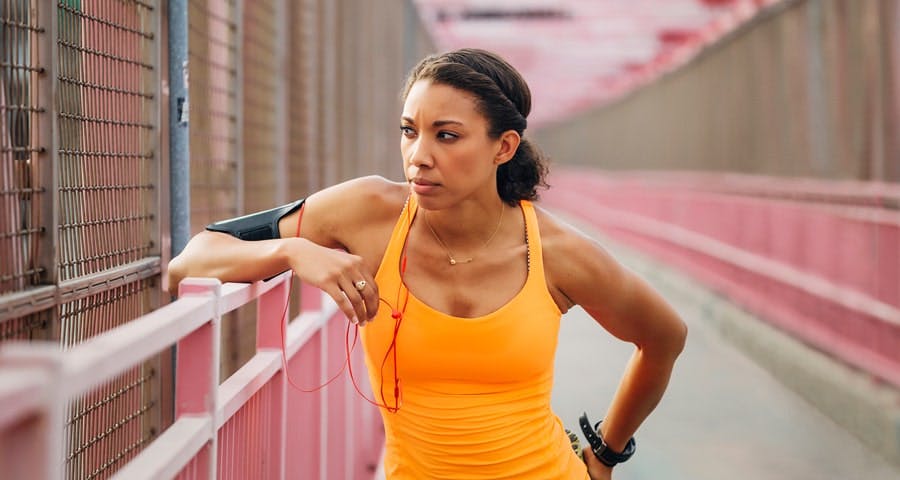
Menstrual Pain
What Are “Menstrual Cramps”, and What Causes Them?
Read More What Are “Menstrual Cramps”, and What Causes Them?
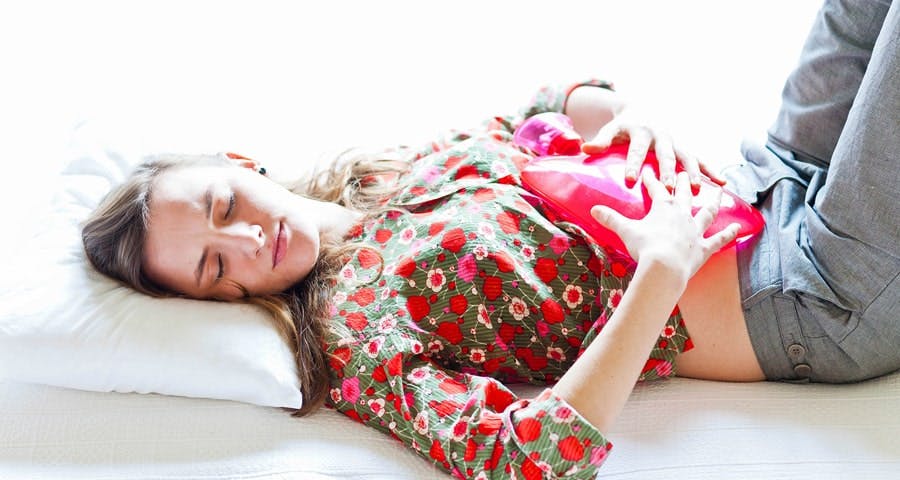
By clicking the link(s) above, you will be taken to an external website that is independently operated and not managed by Haleon. Haleon assumes no responsibility for the content on the website. If you do not wish to leave this website, do not click on the links above.

